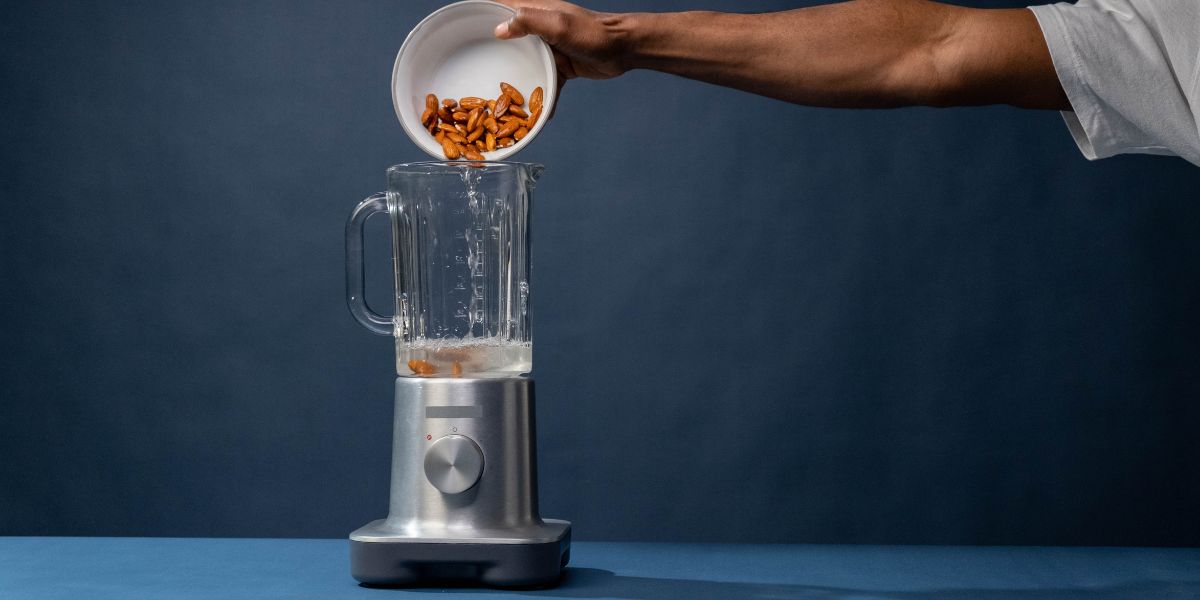
When purchasing a blender, you must carefully consider key factors that will influence its performance and suitability for your needs. From power and capacity to blade quality and control options, each aspect plays a crucial role in ensuring smooth blending results. By prioritizing these elements, you can make an informed decision that aligns with your blending requirements. Remember, the right blender can make a significant difference in your kitchen endeavors, so choose wisely.
Power and Performance
When purchasing a blender, it's crucial to prioritize power and performance over fancy features. The wattage of a blender determines how powerful it is, affecting its ability to blend tough ingredients like ice or frozen fruits. Opt for a blender with at least 500 watts for basic blending tasks, but if you plan on crushing ice or making smoothies regularly, aim for 1000 watts or more for optimal performance.
Performance isn't just about power; it also involves the blade design and speed settings. Look for blenders with sharp, durable blades that can pulverize ingredients efficiently. Variable speed settings allow you to control the blending process better, whether you need a quick pulse or a steady blend for smoother textures. Additionally, consider if the blender has preset programs for common tasks like smoothies or soups, as these can make blending more convenient and consistent.
Blender Jar Capacity
To ensure you choose the right blender for your needs, consider the jar capacity as it directly impacts the quantity of ingredients you can blend at once. Blender jar capacities typically range from 20 to 80 ounces, with some high-capacity models going up to 90 ounces. If you plan on making large batches of smoothies, soups, or other blended recipes, opt for a blender with a larger jar capacity to accommodate your needs efficiently.
A smaller jar capacity, around 20 to 32 ounces, is suitable for single servings or small recipes. These blenders are compact and ideal for individuals or small families. However, if you frequently entertain or like to prep large amounts of food in one go, a blender with a larger jar capacity of 64 to 80 ounces might be more suitable.
Consider your typical batch size and usage frequency when selecting a blender based on jar capacity. Having a jar that fits your blending needs can streamline your kitchen tasks and make meal preparation more convenient.
Blade Quality and Design
For optimal blending performance, it's crucial to assess the quality and design of the blades in the blender you're considering. High-quality blades are typically made of stainless steel, which ensures durability and efficient blending of various ingredients. Look for blades that are sharp and sturdy to handle tough ingredients like ice and frozen fruits without becoming dull or bending.
The design of the blades also plays a significant role in the blending process. Consider blenders with multi-level or angled blades that create a vortex within the jar, pulling ingredients down towards the blades for thorough blending. Additionally, blades with different levels or serrated edges can help create different textures in your blends, from smooth purees to chunkier salsas.
When evaluating blade quality and design, also pay attention to how easy it's to clean around the blades. Removable blades or blenders with self-cleaning functions can make maintenance a breeze. Keep these factors in mind to ensure that the blades in your chosen blender meet your blending needs effectively.
Speed Settings and Control
Considering blade quality and design, you'll find that the speed settings and control options of a blender play a significant role in achieving desired blending results. Different ingredients and recipes require varying speeds to achieve the perfect consistency. Look for blenders with multiple speed settings to give you more control over the blending process.
Having a blender with adjustable speed settings allows you to start blending at a low speed and then gradually increase it as needed. This is particularly useful when working with tough ingredients or when you want to blend something to a specific texture.
Some blenders also offer preset programs for common tasks like crushing ice, making smoothies, or blending soups. These preset options can save you time and effort by automatically adjusting the speed and duration of blending for optimal results.
Additional Features and Accessories
When exploring blenders, keep an eye out for the additional features and accessories that can enhance your blending experience. Some blenders come with handy additions like different sized blending containers for various batch sizes. Having multiple containers can be convenient when you need to blend a small portion or a large batch without having to wash the container in between.
Additionally, look for blenders with tamper tools, which can help push ingredients down towards the blades for smoother blending, especially when making thick mixtures like nut butter or ice cream.
Certain blenders also offer specialized blades for different functions such as crushing ice, grinding grains, or blending smoothies. These blades can optimize the blending process for specific tasks, ensuring better results.
Another useful feature to consider is a programmable timer or preset blending programs that can automatically adjust the speed and time needed for various recipes. This can make blending more efficient and consistent, taking the guesswork out of achieving the perfect blend every time.




